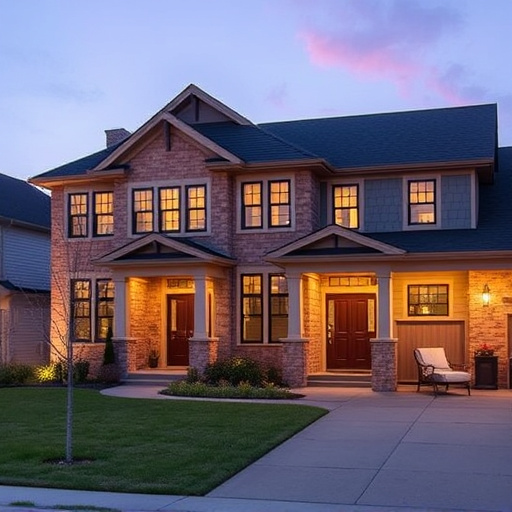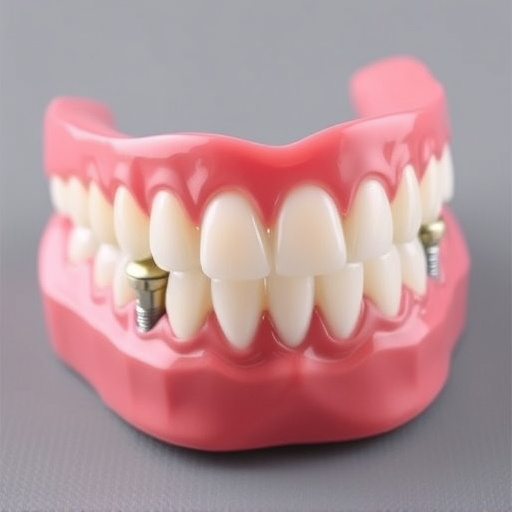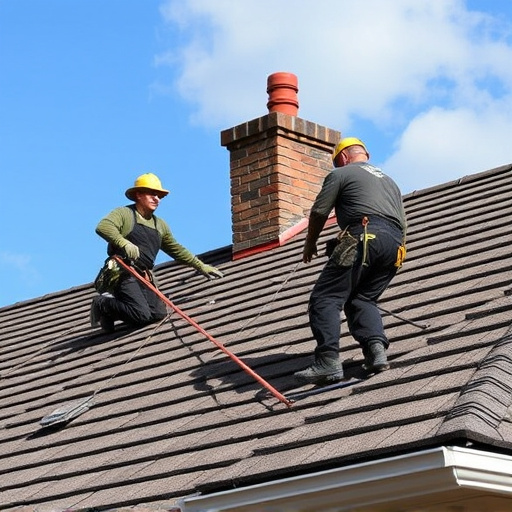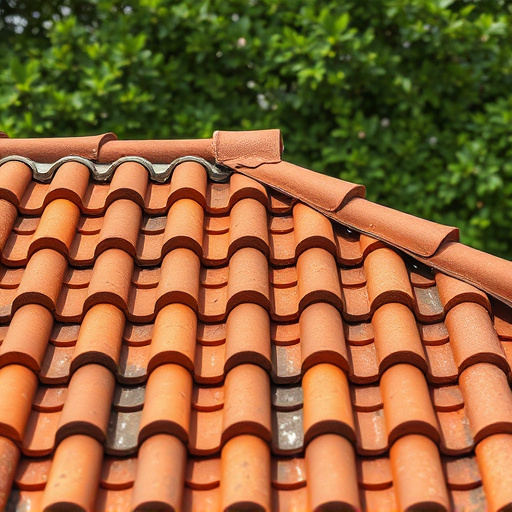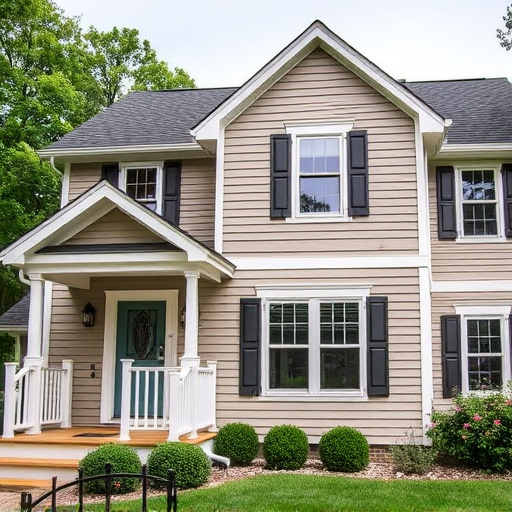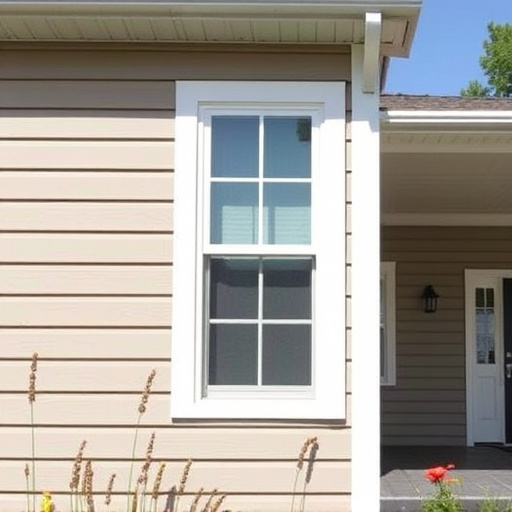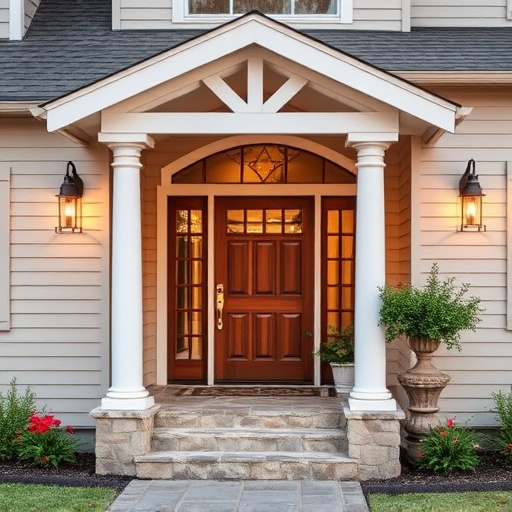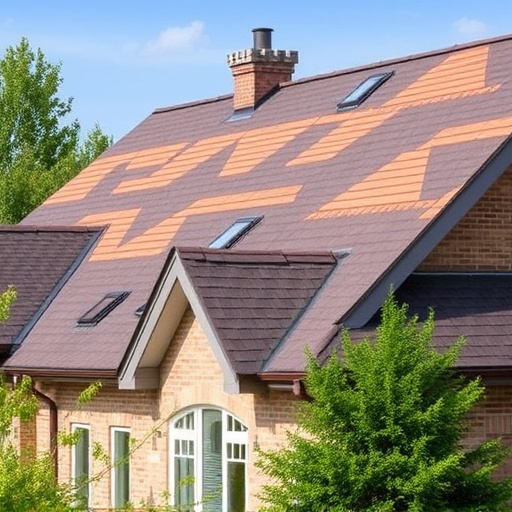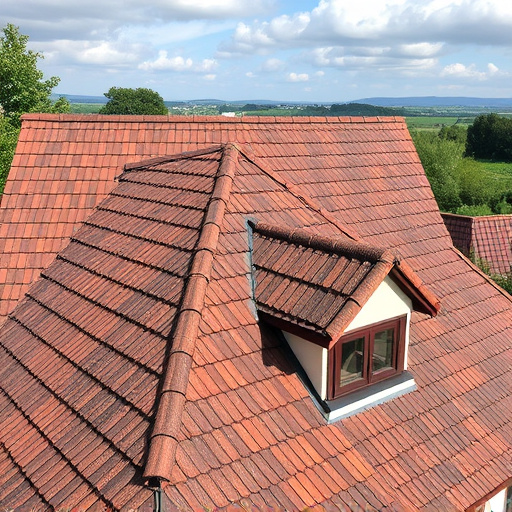Understanding your roof type is key for home improvements. Roofing specialists differentiate between flat and pitched roofs, recommending tailored materials, installation, underlayments, flashing, insulation, and ventilation for each. For flat roofs, they advocate durable membranes like TPO or EPDM, subtle pitches to prevent water pooling, and reflective coatings. Pitched roofs are assessed for structural integrity and water runoff, offering styling versatility. Consulting roofing specialists ensures both structural soundness and aesthetic appeal in roofing and siding projects.
Roofing specialists often face a dilemma when it comes to choosing between flat and pitched roofs. Each presents unique challenges and benefits, impacting both structural integrity and aesthetic appeal. Understanding these differences is crucial for safe and informed decisions. This article delves into the fundamentals of flat and pitched roofs, expert recommendations on materials, design, and maintenance, and explores how slope affects pitched roof performance. Discover insights from roofing specialists to ensure your roof stands the test of time.
- Understanding Flat and Pitched Roofs: A Foundation for Safe Choices
- Expert Recommendations for Flat Roofs: Materials, Design, and Maintenance
- Pitched Roofs: Structure, Style, and the Role of Slope in Performance
Understanding Flat and Pitched Roofs: A Foundation for Safe Choices
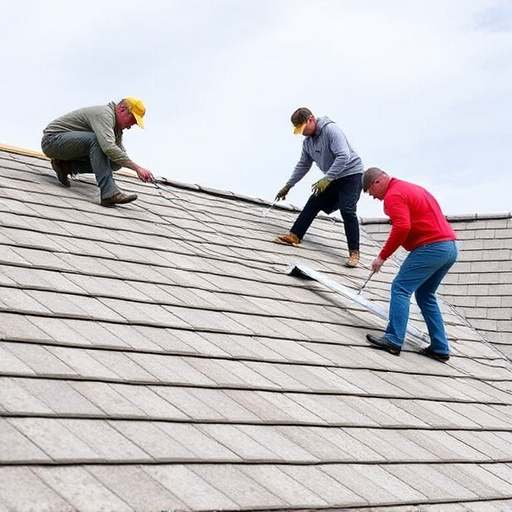
Understanding the difference between flat and pitched roofs is a fundamental step for homeowners when considering any exterior home improvements, including roof replacement or roofing and siding projects. A roofing specialist will often begin by evaluating the existing roof structure to determine its type. Flat roofs, as the name suggests, have a level surface, making them common in low-pitched or modern architectural designs. On the other hand, pitched roofs feature slopes or angles, allowing for better water drainage—a crucial aspect in preventing leaks and ensuring the longevity of your roof.
This basic distinction is vital because each roof type requires specific materials and installation techniques to ensure safety and effectiveness. For instance, a roofing specialist will recommend different underlayments, flashing, and insulation for flat roofs compared to pitched ones. Proper ventilation is also more critical for pitched roofs to prevent heat buildup and potential structural damage. By understanding these fundamentals, homeowners can make informed decisions, ensuring their next roofing project aligns with the recommendations of industry experts.
Expert Recommendations for Flat Roofs: Materials, Design, and Maintenance
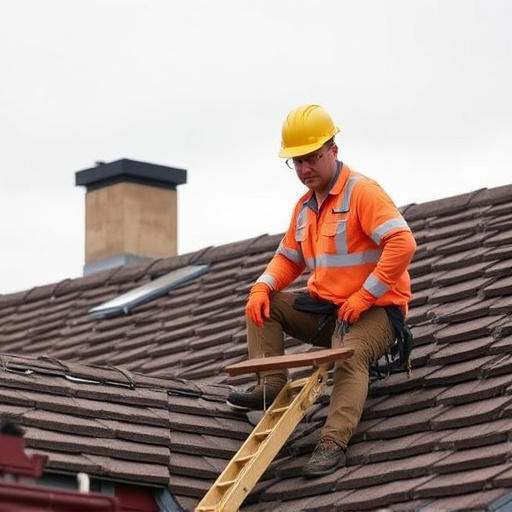
When it comes to flat roofs, roofing specialists recommend a carefully curated combination of materials and design elements for optimal performance and longevity. Traditionally, asphalt shingles have been the go-to option due to their affordability and ease of installation. However, modern trends are shifting towards more durable and environmentally friendly materials like TPO (Thermoplastic Olefin) membranes or EPDM (Ethylene Propylene Diene Monomer) rubbers. These options offer superior resistance to cracks, punctures, and UV damage, making them ideal for flat roofs that are vulnerable to these issues.
In terms of design, roofing specialists suggest a slight pitch, typically between 1-2%, to prevent water pooling and stasis, which can lead to leaks and structural damage over time. Proper drainage systems, including reflective coatings and underlayments, should also be integrated into the flat roof design. Regular maintenance is crucial for flat roofs; annual inspections and timely repairs of any damage can significantly extend their lifespan. Additionally, professional siding installation or exterior home improvements that incorporate moisture barriers and ventilating systems further enhance the integrity of a flat roof, ensuring it remains in top condition throughout the year.
Pitched Roofs: Structure, Style, and the Role of Slope in Performance
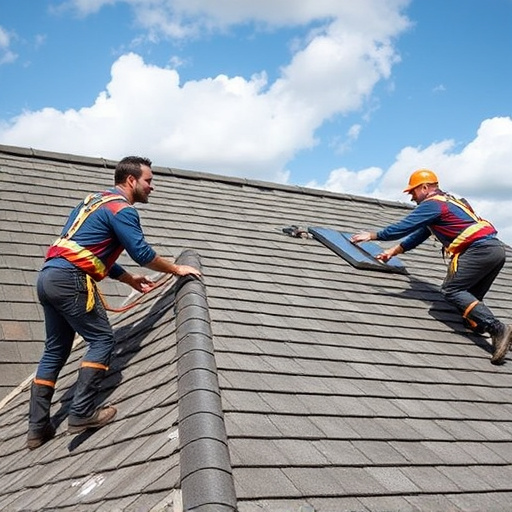
Pitched roofs are a common feature in many homes and buildings, characterized by their angled surfaces and slopes. This design plays a crucial role in structural integrity and aesthetic appeal. The slope, or pitch, is an essential factor determined by roofing specialists to ensure optimal performance. A steeper pitch allows for better water runoff, reducing the risk of leaks and damming. This is particularly important in regions with heavy snowfall or frequent rainfall, where efficient drainage is vital to protect the building’s framework from moisture damage.
Moreover, pitched roofs offer a versatile canvas for various styling options. From traditional gambrel roofs to modern geometric shapes, siding services can enhance the exterior beauty while providing practical benefits. Unlike flat roofs, which may require specialized materials and construction techniques for insulation and waterproofing, pitched roofs benefit from a wider range of roofing materials and methods. When considering a roof replacement or initial installation, consulting with roofing specialists is key to understanding how pitch contributes to both structural soundness and visual appeal. This ensures that the chosen design not only complements the building’s style but also stands the test of time.
When it comes to choosing between flat and pitched roofs, roofing specialists emphasize the unique considerations for each. Flat roofs offer simplicity in design and are ideal for modern architectural styles, while pitched roofs provide superior structural integrity and aesthetic appeal. For flat roofs, professionals recommend durable materials like EPDM or TPO, along with regular maintenance to prevent water damage. Pitched roofs, on the other hand, benefit from slopes that channel water away, reducing the risk of leaks. Understanding these differences is key to making informed decisions, ensuring your roof’s longevity and performance, as guided by expert roofing specialists.

